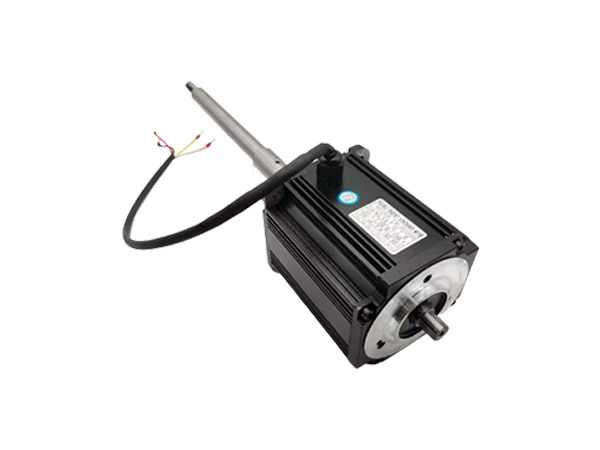

Variable frequency motorpossess0Constant torque to the rated speed and constant power above the rated speed.Variable frequency motor manufacturersAccording to the work needs, by changing the frequency of the motor to achieve the desired speed requirements, but also increase the strong cold fan, to ensure that the motor at low speed cooling.
Variable frequency motorIt is a kind of three-phase asynchronous motor. From the structural analysis, the cage structure is relatively simple, the difficulty of manufacturing is relatively small, but the mechanical strength is extremely strong. Its peak speed is much higher than the winding rotor three-phase asynchronous motor, which is a very economical and reliable motor. The wound rotor can be run with frequency conversion, but if the excellent characteristics of external resistance starting and speed regulation are lost, the performance of the squirrel cage motor is far less than that of the soft start.

Variable frequency motor manufacturersSenli has a number of its own motor production lines, from the shell, shaft, rotor, stator are independently produced, all products are fully inspected by product quality testing equipment, can provide testing reports. From the shaft machining to the whole machine assembly are completed independently.
Shengzhou Senli MotorproducedVariable frequency motorProduct use180°Grade high temperature resistance all copper coil, vacuum dip paint process, reduce motor temperature, extend motor service life. The shaft is blackened, galvanized and nickel-plated to increase wear resistance, rust prevention and aesthetics. High precision rotor, stable operation. Contact number0575-8378-1127.